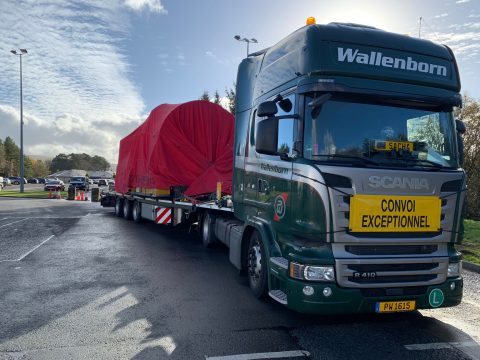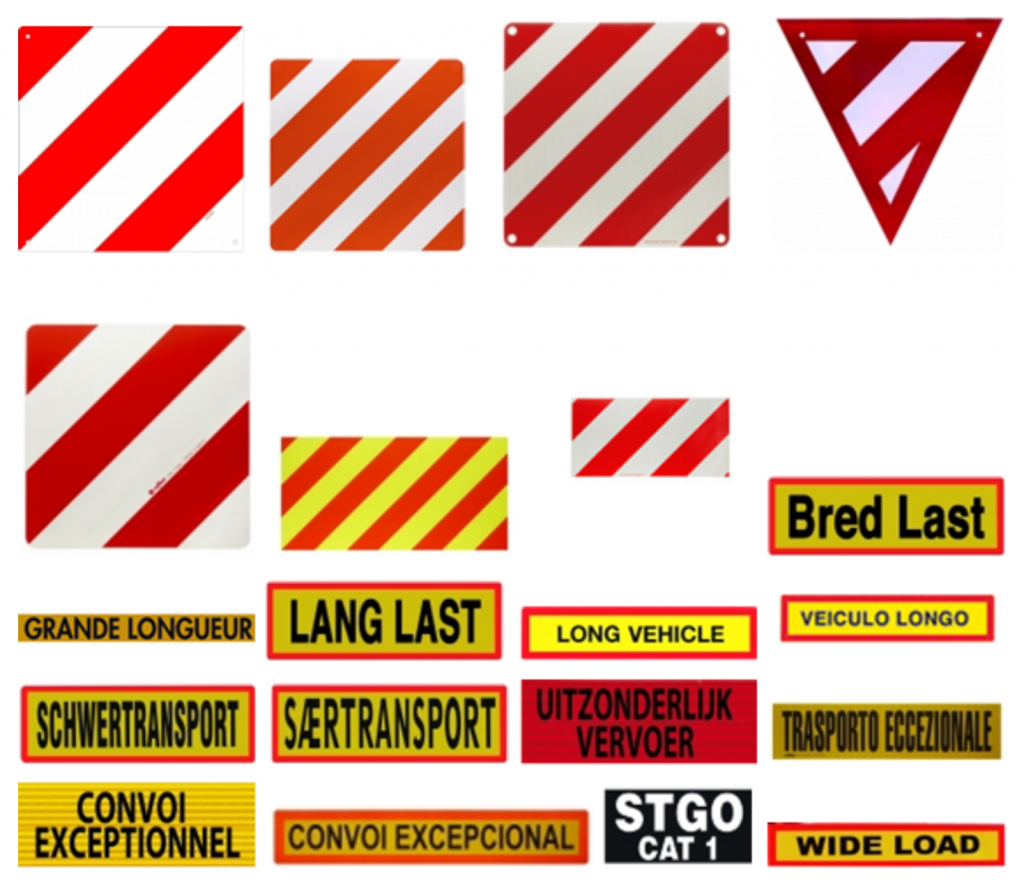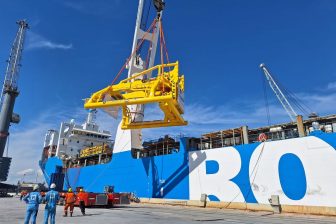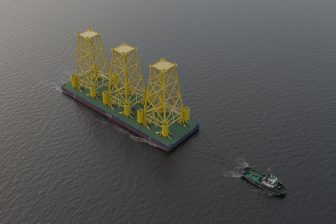
INTERVIEW: “The lack of European cooperation in heavy transport is ridiculous”
The lack of European cooperation for exceptional transports is creating unnecessary costs. Signalisation of abnormal transports is a national hobby and every member state wants to invent the wheel when it comes to digitization. Enough, says ESTA director Ton Klijn. “We need to align the rules and create heavy transport corridors for a safer and more efficient industry.”
What are the problems the industry is facing?
“Our main concerns are the lack of harmonisation between EU countries, the opaque and time consuming permitting procedures and the deteriorating road conditions in many EU countries. Currently, every member state has his own procedures and rules resulting in ridiculous circumstances for abnormal road transports and the truck drivers.”
Can you give an example of that?
“One area where the lack of harmonized rules is clearly visible is the marking and lighting of the trucks. A driver needs to carry a multitude of signs that all mean the same thing. In one country the sign for “long and wide cargo” needs to be 50 x 50 centimetres and in another 40 x 40 or 20 x 45. Some countries want it to be in red and white, others in black and yellow and some even in yellow and blue. In Germany you have to add a sign that reads “Schwertransport”, in Portugal “Veiculo Longo” and in France “Grande longueur” and so on. This process is repeated for every sign a truck needs to carry. It seems as is the marking and lighting of trucks are a national hobby.”
ARTICLE CONTINUES BELOW IMAGE

That does sound very cumbersome. You also mentioned problematic permitting procedures. What’s happening there?
“The problem is that every nation wants to invent the wheel when it comes to electronic permitting, but none of the countries are working together. An initiative by the French government stranded for that very reason. The existing procedures can be both costly and time-consuming. Permit issuing times vary from 48 hours to 8 weeks and in some countries, the permit might come in the form of a 104-page document of which every stakeholder needs a hard copy.”
“In Eastern Europe, the procedures and licensing fees are especially opaque. You have to speak the local language to be able to apply and some countries, like Bulgaria, charge hefty fees. Since enforcement is pretty much absent, a lot of transport companies simply don’t bother and risk the small change of getting caught. Often, the fine is cheaper than the permit anyway.”
How come that the exceptional transport industry is so poorly regulated?
“Exceptional transport in Europe is operating largely in the dark. One reason is that nations benefit from having their own national rules. In France for example, companies are required to obtain a bridge calculation every time they cross a bridge. The fees for these calculations can be several thousand euros and provide a nice stream of revenue. There’s also the matter of deteriorating road conditions. In some countries, the roads are unfit for heavy transports and pan-European regulation could address that.”
So what do you as the European Association for Abnormal Road Transport and Mobile Cranes (ESTA) suggest we do?
“Firstly, we want to replace all the different vehicle registration documents by a standardized 3-page SERT-document (Special European Registration Trailer). The main benefits of this document are that all important data can be easily found and that it reduces language barriers as companies applying can simply check what value to enter in which box. Secondly, we want the permitting procedures in the EU to be aligned. The new procedure should also allow transport companies to obtain the permits online instead of filing huge amounts of paperwork as is the case now. We want the rules for marking and lighting and escorts to be harmonized as well.”
“And lastly, we plead for the creation of heavy transport corridors. That would shorten permit issuing times, reduce road maintenance costs and enhance safety. The European Commission is looking into the development of military corridors to be able to swiftly move equipment like tanks. It would be great if we can use that same corridor for abnormal transports too.”
What is ESTA doing to realize these changes?
“We are creating awareness and we’re working to convince member states that these changes ultimately benefit them as well. We have to enhance the efficiency of our industry, otherwise, we risk losing our worldwide export business to the USA and Australia.”

You just read one of our premium articles free of charge
Register now to keep reading premium articles.




